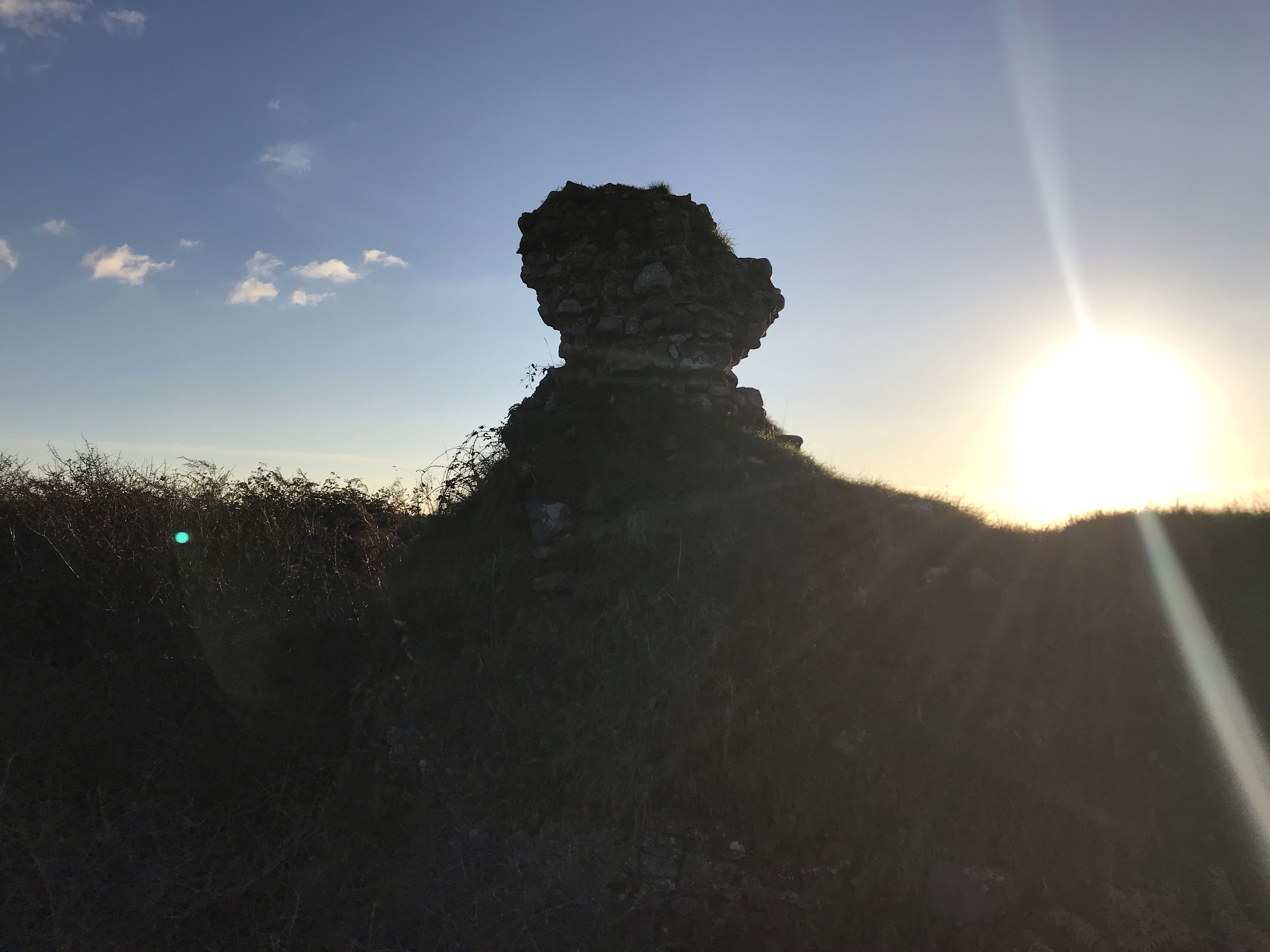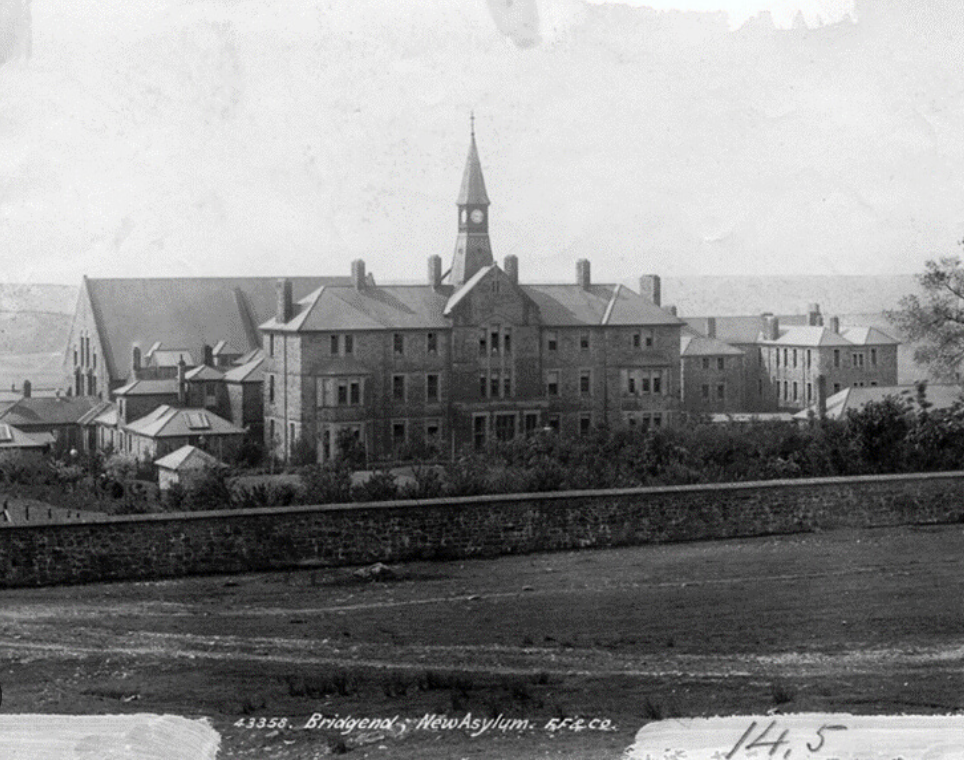
In tonight’s episode of HISTORY ON YOUR DOORSTEP on Bro Radio, I interview history film maker; Chris Lloyd and we discuss the contribution of the Welsh to the building of the most powerful nation on earth. Everything from claims that Prince Madoc Ap Owain Gwynedd discovered and colonised it in the 12th century through to Tom Cruise saying his grandfather was from Flint.
When you scratch the surface it is amazing how big the Welsh contribution was:
- Richard Amerike (born Richard Ap Meurig) who just might be the man they named America after
- The legacy of Richard Price, an intellectual from the Garw valley and his inspiration in the constitution
- So many of the signatories to the declaration of independence were Welsh. They include
- William Williams – Harvard graduate and priest. Served as a congressman for 30 years. Biography says ‘from Wales’ but not where.
- Francis Lewis – Was a New York ‘Tory’. Signed the declaration anyway. When Brits invaded Long Island they destroyed his home and kidnapped his wife. Born in Llandaff
- Joseph Hewes – New England Quaker. British East India Co. Just says Welsh.
- George Read – Actually voted against independence but signed D of Indi anyway. Was locum state president of Delaware when the British captured the state in 1777. One of only 6 of the 56 who signed both the D of Indi and the constitution. Just says From Wales.
- John Penn – Lawyer from a very wealthy family. His grandfather, Sir William Penn was a Quaker. He founded Pensylvania (clue is in the name). Land given to him by James II to pay off debts he owed the family. Family from Bristol. Pensylvania near Bath. Possibility that further back (early 1500s) his family came from Pencarne which used to be near Newport.
- Button Gwinett – (Name anglicised from Gwynedd). Another priest. Born in Gloucestershire but to Welsh parents.
- William Floyd – Definitely Welsh and a very wealthy New Yorker. His home on Long Island was ransacked when the British used it as a barracks in 1777.
- Robert Morris – tobacco exporter born on the England Wales border near Deeside.
- Stephen Hopkins – Very early critic of British tyranny. Might have been Welsh. Can’t find any confirmation.
- Lewis Morris – Former judge. Elected to the New York Provincial Congress in 1774.
- On being warned of the potentially dire consequences of signing the document he boomed “damn the consequences. Give me the pen”. Family from Tintern
- Thomas Jefferson: Statesman, diplomat and lawyer. Signatory of Dec of Indi and
- 3rd President of the USA from 1801 – 1809. Born on his family plantation called “Shadwell’ in Virginia. His father’s family were originally from Y’ryru.
- The Jones from the Dow Jones.
- Betsy Ross, the woman who created the US flag was from a Pembrokeshire family
Five of the first six presidents of USA and 12 out of the 46 we have had to date (26%) had Welsh Ancestry.
John Adams (2nd President) Pembs & Carms
Thomas Jefferson (3rd President) His father’s family were originally from Y’ryru.
James Madison (4th President) Posh Welsh -Don’t know where exactly
James Monroe (5th President)
John Quincy Adams (6th President)
William Henry Harrison (9th President) Died after 9 days. First to die in office
Abraham Lincoln (17th President) his mother was from Ysbyty Ifan in North Wales
James Garfield (20th President) Caerphilly
Benjamin Harrison (23rd President)
Theodore Roosevelt (26th President)
Calvin Coolidge (30th president)
Richard Nixon (37th president) Wrexham
Barrack O’Bama (44th President) from Ynys Mon
Not a president of the USA but I thought I’d at least mention Jefferson Davis (president of the confederacy).
Then there’s Griffith J Griffith, the farmer from Bettws who built Hollywood. He’s the reason there is a Griffith Observatory and a Griffith Park in Los Angeles. And all the Hollywood gliteratzy with Welsh roots. We talk about them all.
We also tackle the thorny issue of why, despite all this input, most Americans have never heard of Wales and have no idea where it is.
If you missed it, you can catch up on YouTube, on the link below. Even if I say so myself, it’s quite interesting!






















